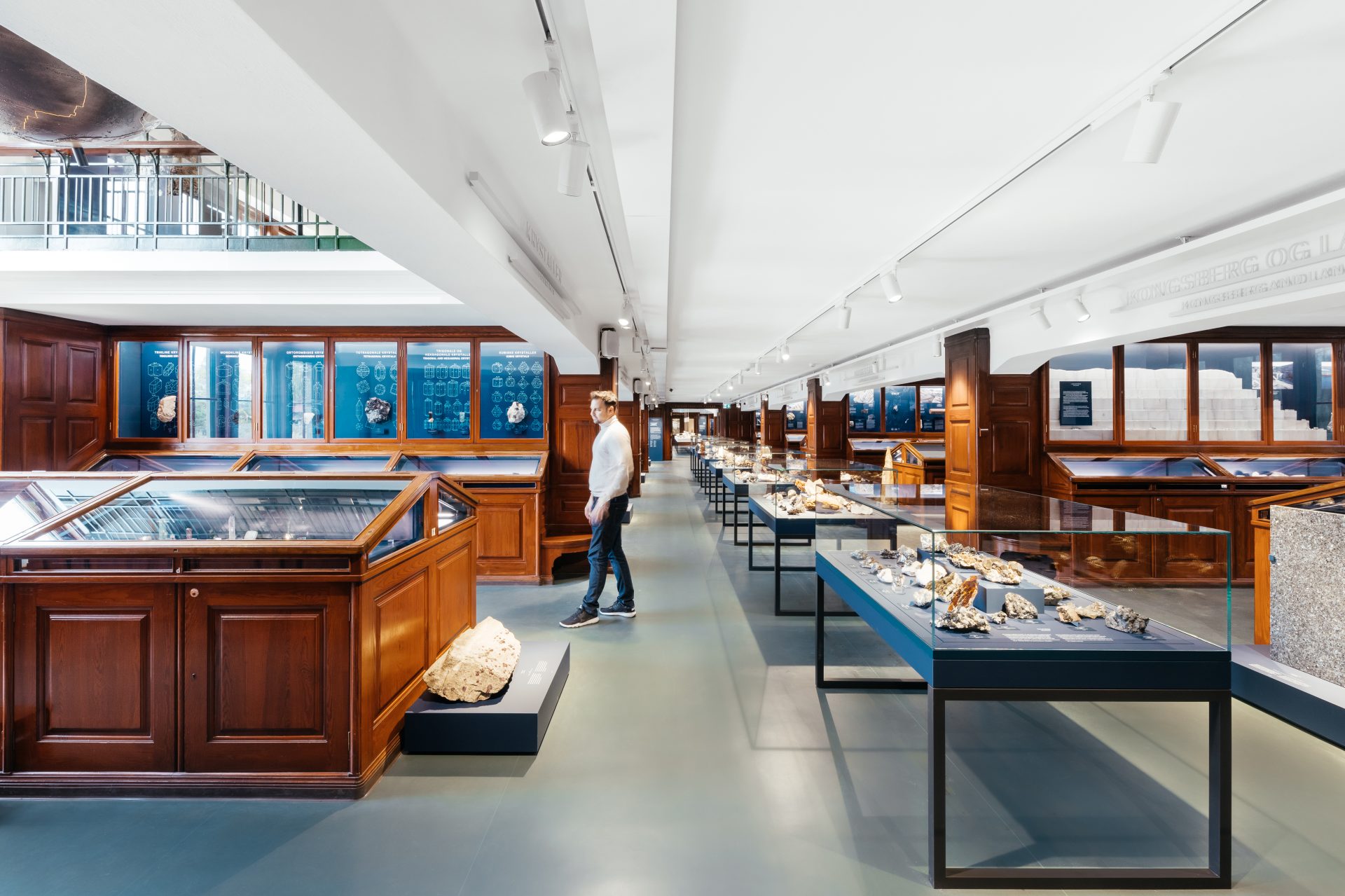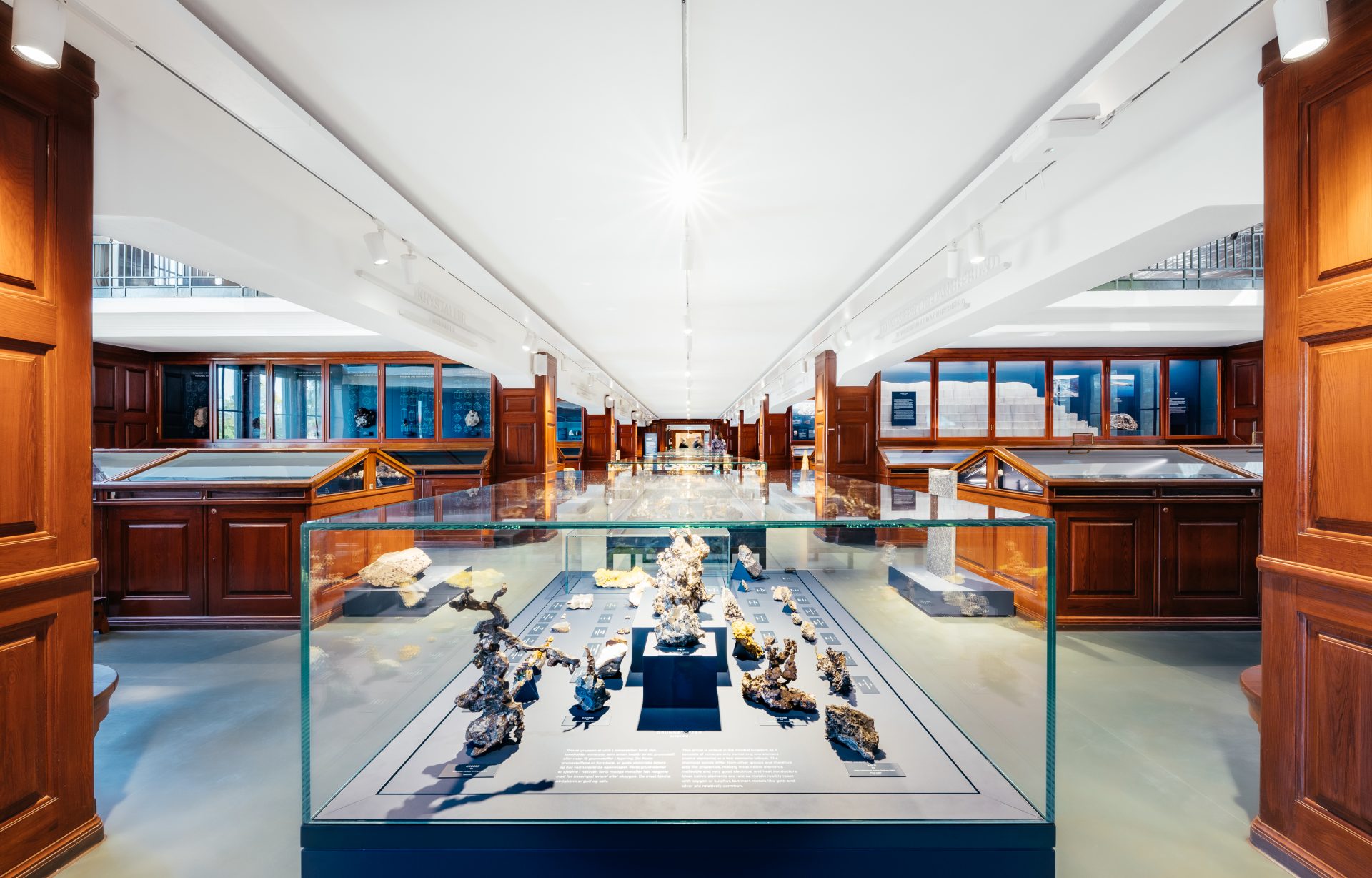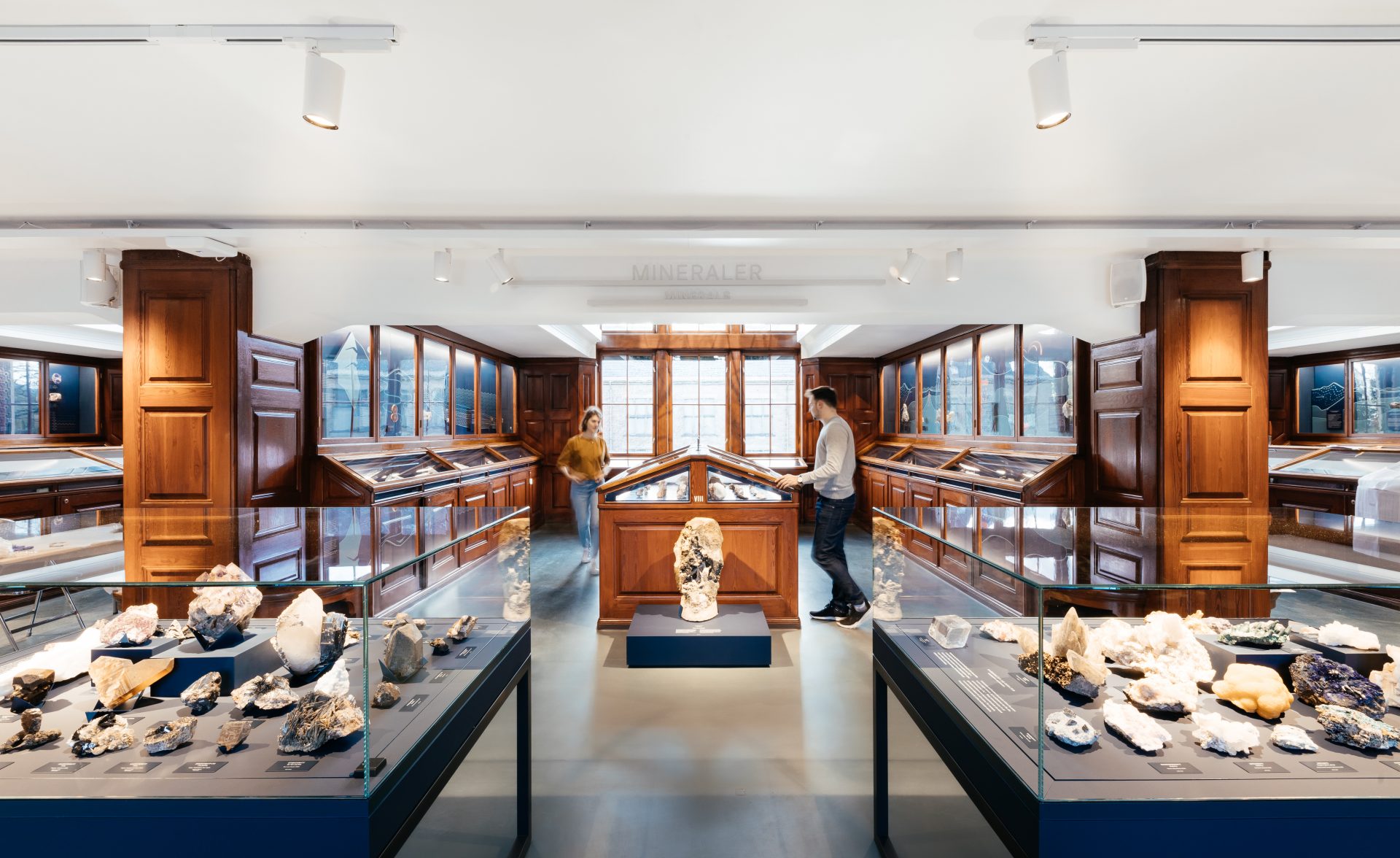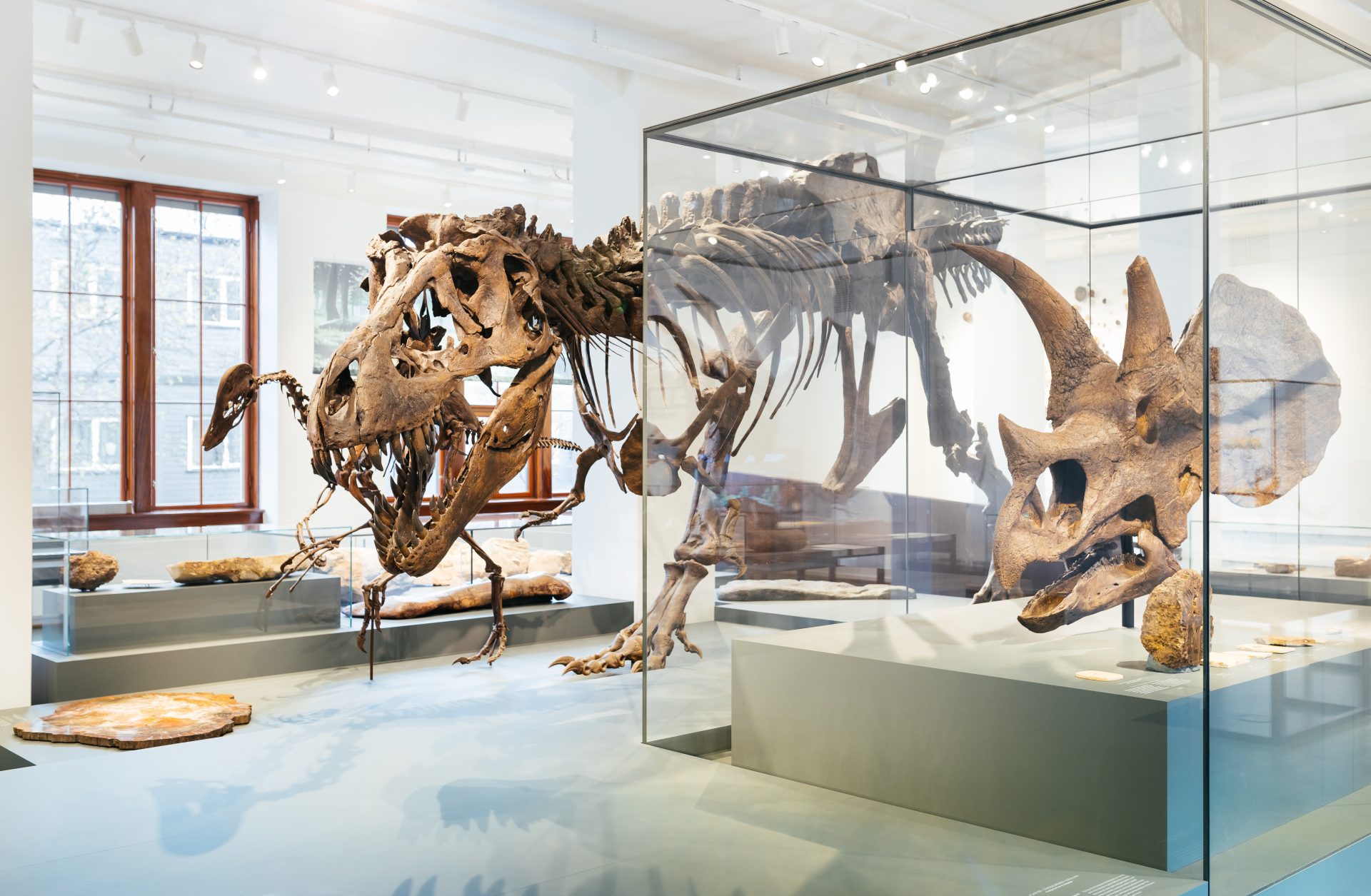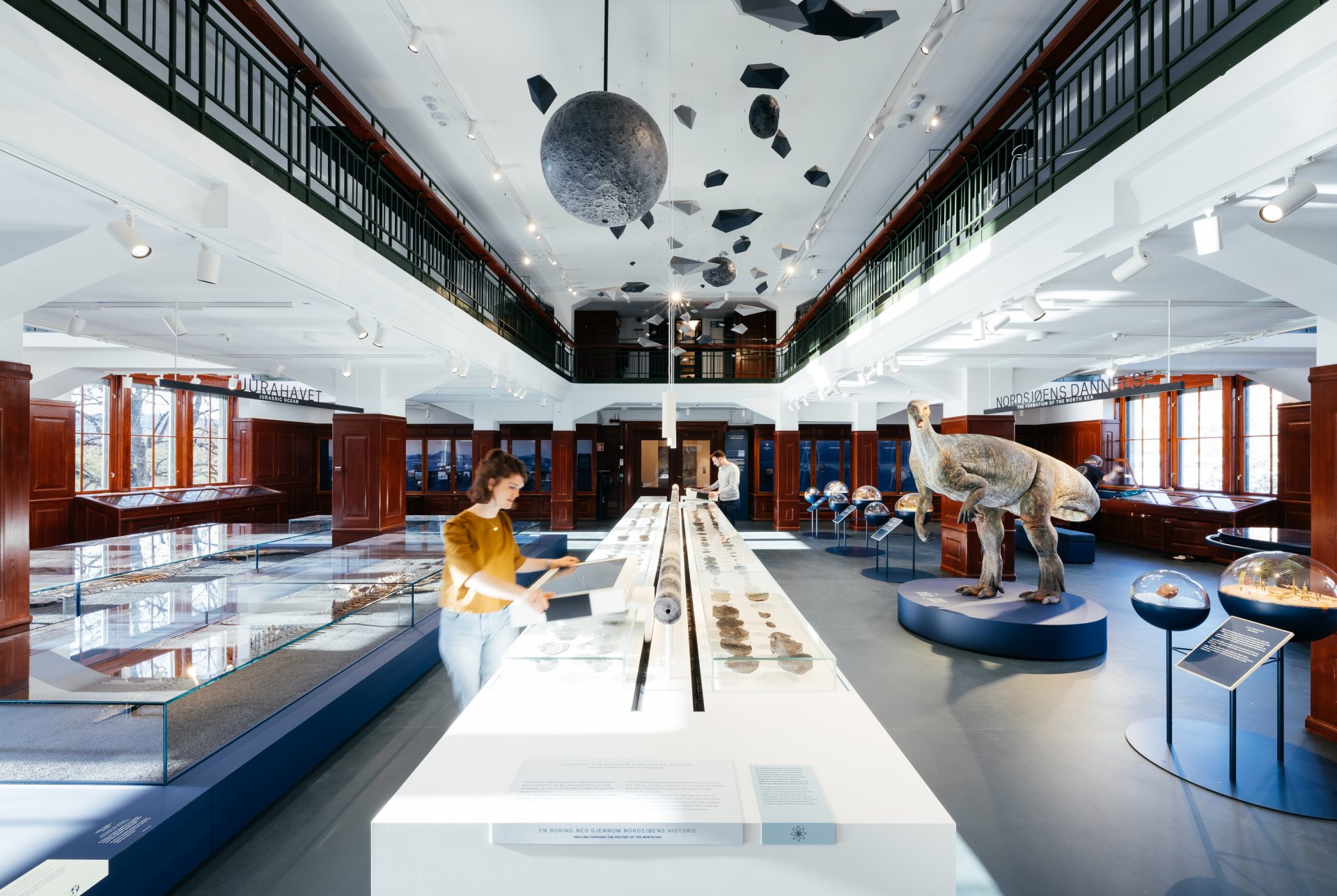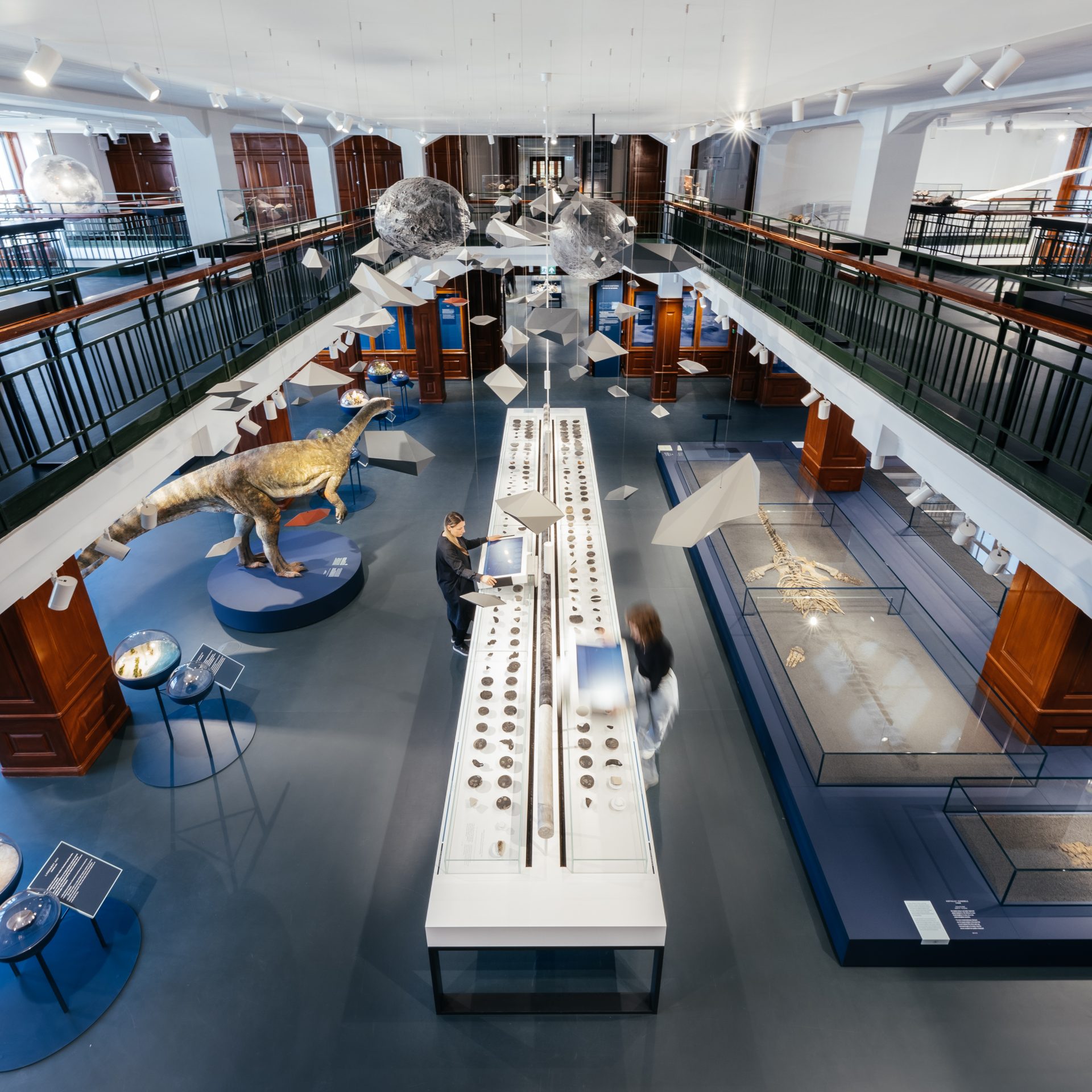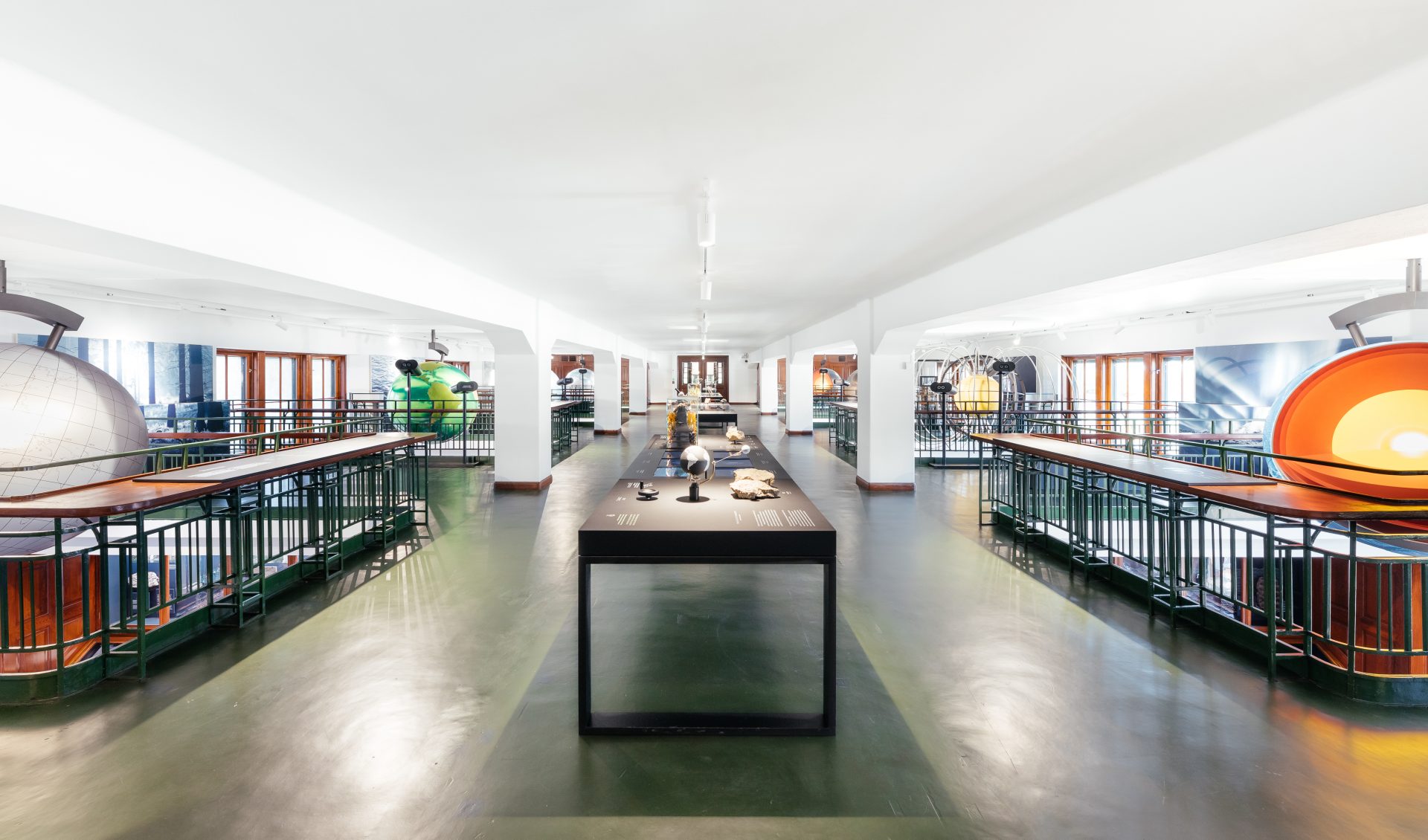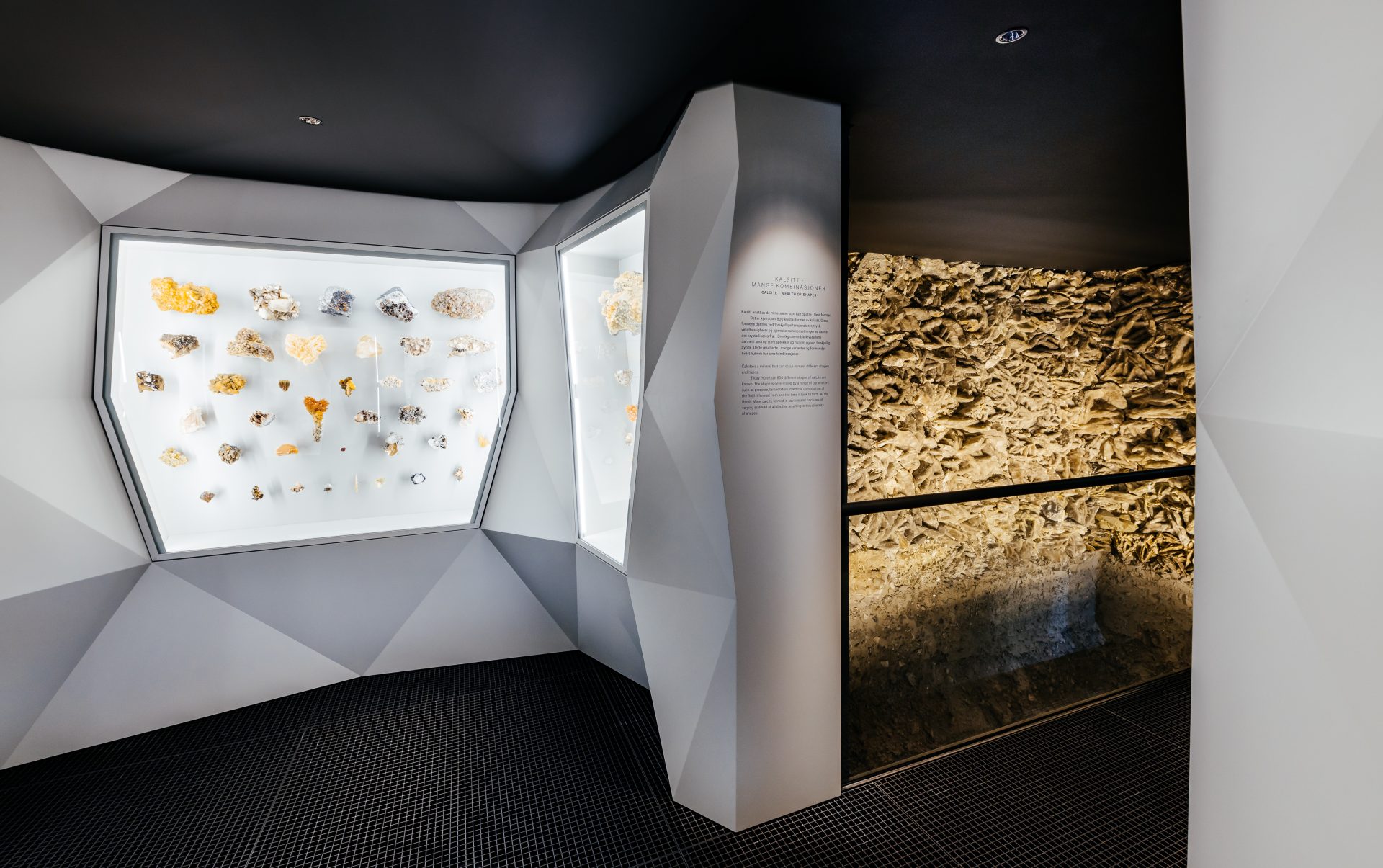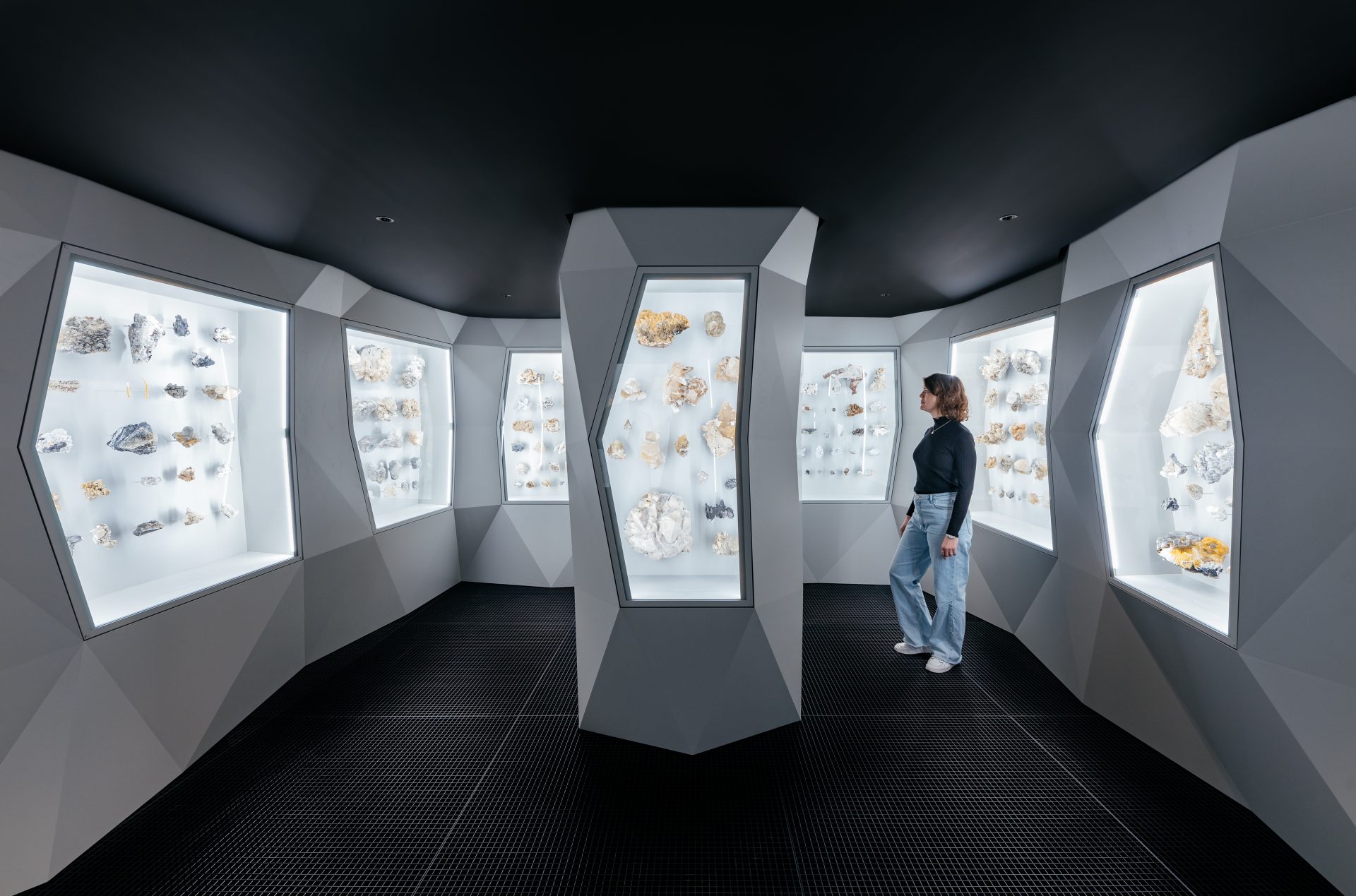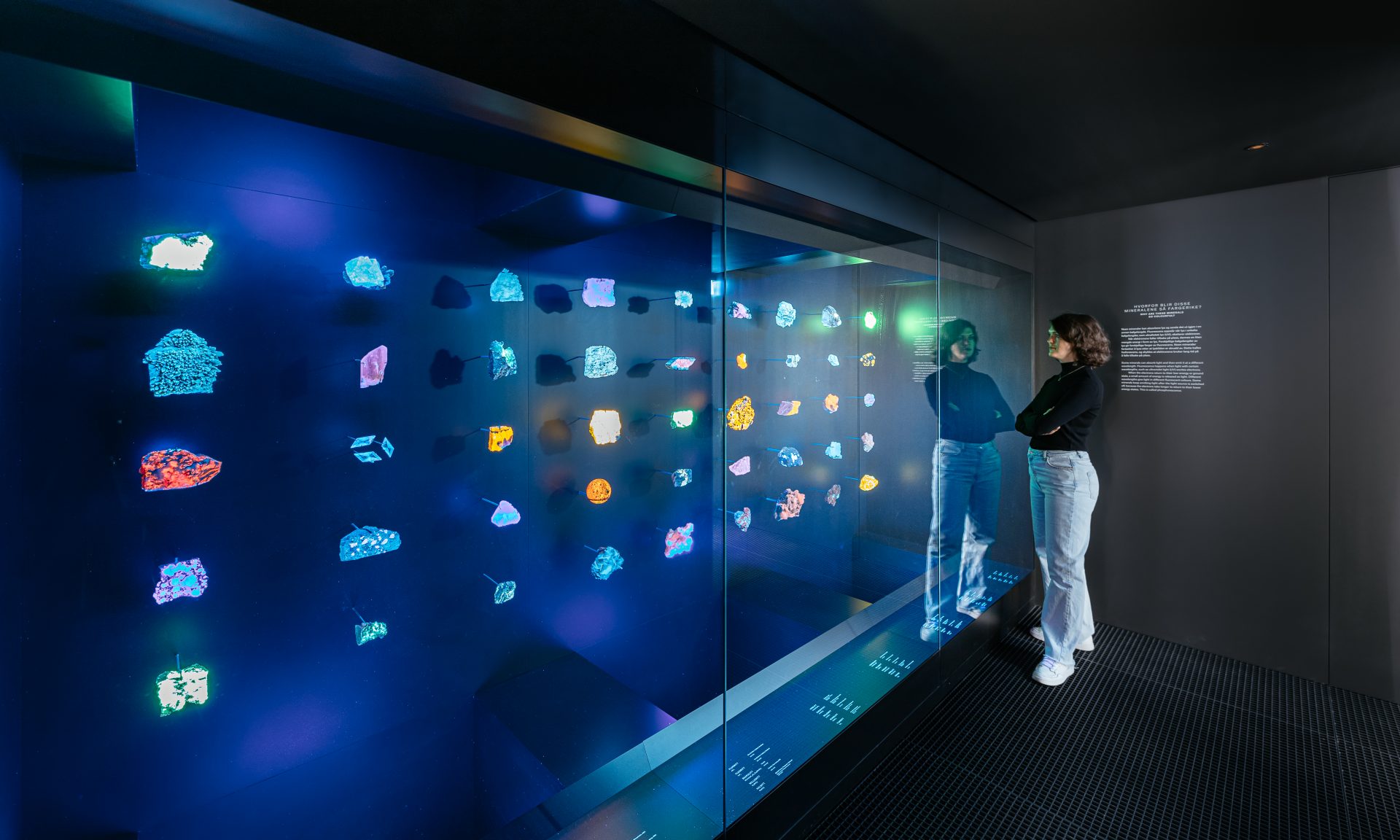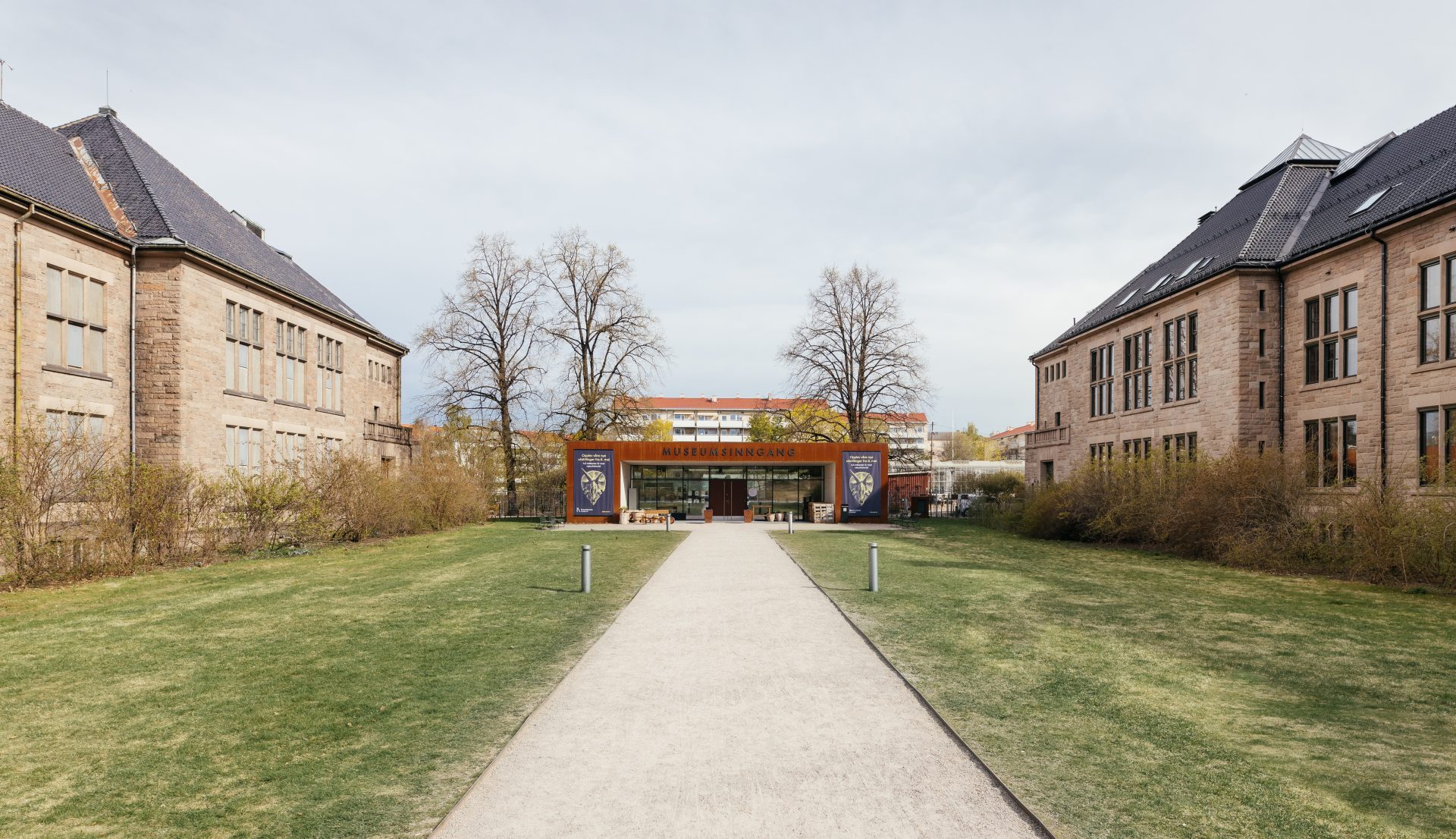
NATURAL HISTORY MUSEUM
Natural History as an Experience
Sensitive Light Orchestration for the Natural History Museum in Oslo
Following the most extensive renovation measures in its history, the Naturhistorisk Museum in Oslo reopened its doors to visitors in May 2022. In collaboration with the museum scientists, the exhibition designers of the renowned Atelier Brückner from Stuttgart created an impressive collection from over 4.5 billion years of natural history on 2,300 sqm of exhibition space. Simultaneously rich and sensitive, the exhibits and their museography take the visitor on a journey through time in the historic, 100-year-old building with its listed interior finishings. Discreet, apt, and at the same time immersive, we have staged the new exhibition with light.
The exhibition design was preceded by extensive conversion and remodeling works on the building. At an early stage, these established the infrastructure for the later use of the edifice. Although the Licht Kunst Licht team entered the project rather late, it was still possible to influence, for example, the location of lighting tracks for the later adaptation of exhibition spotlights. Furthermore, the spotlights for the functional lighting were adapted to those of the exhibition lighting in terms of model, size, and warm-tone color temperature to enable a uniform appearance. The lighting tracks pervade all important zones and accommodate track heads with varying light distributions and accessories. A lighting concept that works its magic especially after the meticulous aiming, brings shapes, colors and textures to life through carefully placed accents.
In chronological order, the museum takes the visitors by the hand and leads them along the timeline from the distant to the recent past. Right at the beginning, the exhibition welcomes the visitor with some highlights. While feeling sized-up by the T-Rex fossil as a possible dinner, one explores colorfully feathered small dinosaurs, ancestors of fish and birds, and ammonites, to name just a few examples. The light not only brings their three-dimensionality to life, but the shadow projections on the pedestals also create part of the staging.
As the visitor passes into the next room, he hears the bloodcurdling cry of the T-Rex before discovering the evolution of mammals. Here, among other things, are excavation elements from the Messel Pit, softly and impressively backlit on a table display. For this purpose, hidden light tiles are built into the exhibition table, which make the filigree bone formations visible in a special way.
Display cases are arranged along the windows to hold small exhibits, which are well illuminated by integrated linear lights hidden in the heritage show cases.
The showcases in the building differ significantly in their dimensions and designs as well as in their arrangement in the space, and so adapting the various integrated lighting elements to the different conditions was a challenge in itself.
In order to achieve a good balance between staging the exhibits on the one hand and blocking out the light source on the other, it was necessary to manufacture custom-made shutter profiles.
Especially on the second floor, where impressive minerals that are almost magically charged with light and color can be marveled at, the showcases are the most important displays for the exhibits. Large cabinet showcases alternate with table showcases near the windows. In between are space-dividing lower showcases – all with integrated lighting that had to fit into the built corset of the listed furniture. Thus, the visitor feels transported into an exuberant collection of beauties and curiosities, which in interaction with the light, unfolds a splendor of sparkle and radiance.
The unusually low rooms on the second upper floor exude an atmosphere of their own. At the beginning, visitors experience a meteor shower from a gallery, which pours into the two-story room. Along the parapet real meteorite fragments can be experienced. All shimmeringly staged by spotlights that carefully carve out the space and its exhibits.
Suspended luminaires are located between the meteorites with filigree ropes and provide contrasting illumination for the drill cores of the ocean floor, displayed in the building level below.
Here the visitor experiences the earth as a planet with all its layers and peculiarities. Similar to the neighboring room, the lighting here is also provided by spotlights. These are arranged in the peripheral area above balustrades and tables in such a way that the visitor does not perceive them as disturbing.
Finally, the visitor explores the Crystal Cave. Via a grated catwalk, one crosses a crystal cave at half room height and experiences crystal structures that seem to grow directly out of the wall. Using elaborate technology, 20 tons of minerals have been attached there and are given a soft light presence by concealed spotlights installed under the walkway.
From the crystal room, one then enters a room with crystalline-looking wall-integrated display cases that showcase all kinds of calcite minerals. These showcases also contain linear light sources that highlight the exhibits from the otherwise dark room. Only the circulation paths are very slightly illuminated by heavily dimmed downlights. These are recessed almost invisibly into the dark metal grid ceiling.
In the UV chamber fluorescent minerals that interact with different wavelengths of UV light are mounted on a black-clad back wall. They are illuminated sequentially with visible, UV-A and UV-C light. In the final scene, the light is turned off and the visitor sees the crystals’ afterglow for a few moments until their brightness fades and the progression of different light sources begins again. In careful coordination with in-house scientists and external specialists, Licht Kunst Licht researched and implemented the UV light parameters. The equipment, some of which is large in size, was successfully hidden in floor and ceiling pockets and is difficult or impossible for visitors to locate.
The light from track spotlights and elements integrated into display cases sensitively blends into the historic building and its furnishings. It responds flexibly to the manifold objects on display and creates a special harmony with the contents of the exhibition.
At the same time, an immersive space is established in the newly created Crystal Cave, which experiences an exciting artificial light presentation in the daylightless underground.
Thus, the light contributes to a holistic museum experience and highlights the exhibits in a sometimes harmonious, sometimes staging manner.
